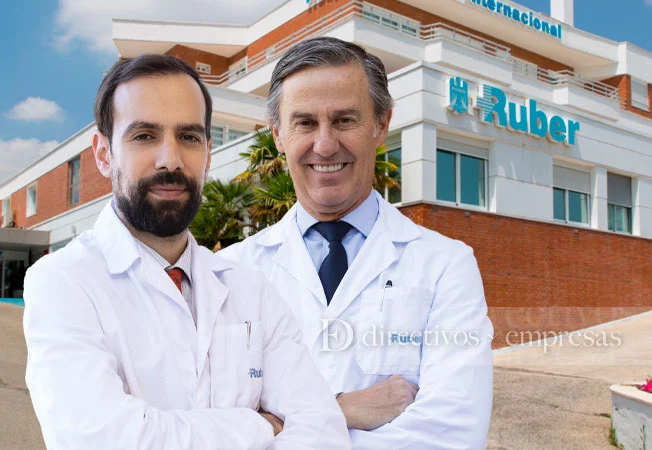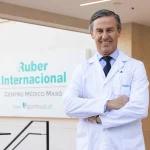
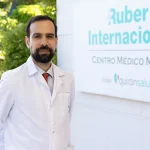
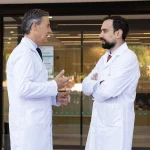
He Dr. Ricardo Ruiz, head of the Dermatology Service of the Ruber International Hospital, and the Dr. Pedro Rodríguez, dermatologist specializing in Oncology and Dermatological Surgery at the Ruber International Hospital, explain all the details of the most successful treatment to combat skin cancer today: Mohs surgery.
—
Recently, your Hospital was one of the organizers of an international conference on oncological dermatology. There they had the presence of a world eminence such as Dr. George Hruza. What have been the great contributions of this professional in his specialty?
Ricardo Ruiz – He Dr. George Hruza He is recognized for his pioneering work in oncological dermatology, especially in the treatment of skin cancer. He has produced important publications over the years and has led the American academy of Dermatology (AAD) and The Association of Mohs Surgeons (ACMS) during years. Additionally, Hruza has contributed to the training and certification of new surgeons in this specialty, spreading knowledge of it internationally.
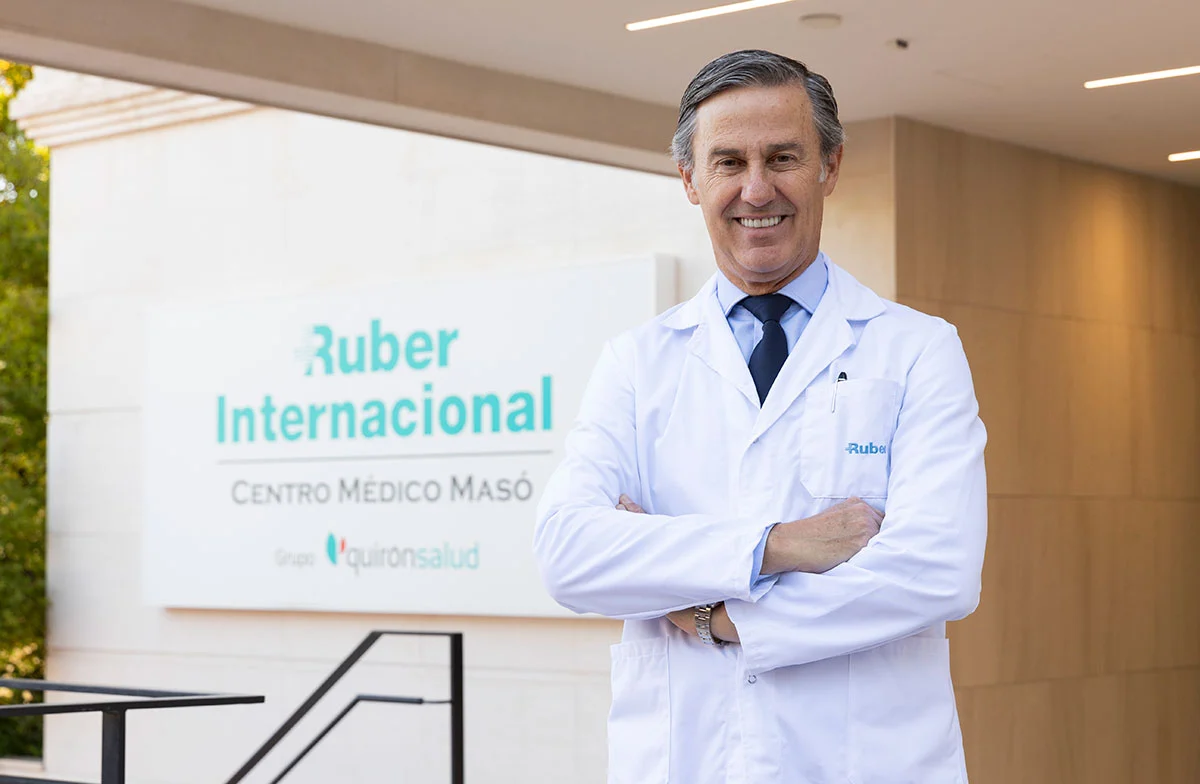
Including Mohs surgery, what are the most significant advances in skin cancer surgery in the last five years?
Pedro Rodriguez – In the last five years, there have been several important advances in skin cancer surgery. In addition to Mohs surgery, the use of imaging techniques such as optical coherence tomography and confocal microscopy for better delineation of tumor margins.
New laser and photodynamic therapy technologies have also been developed for the treatment of pre-cancerous lesions and superficial skin cancers. Immunotherapy has gained prominence, especially in the treatment of advanced melanoma, and post-surgical reconstruction methods have been perfected to improve aesthetic and functional results.
Mohs surgery
Focusing on the Mohs technique, can you describe to us what this operation consists of for patients and why it is the main protagonist in operating rooms today?
RR – Mohs surgery is a specialized procedure used to treat certain types of skin cancer. It consists of removing the tumor in very thin and precise layers, which are immediately examined under a microscope to verify the presence of cancer cells.
This process is repeated until cancer cells are no longer detected at the margins of the extracted tissue and, therefore, we do not have to wait for any results in the following days, but we know on the same day of the operating room if we have completely eliminated the tumor.
The technique is highly precise, which allows the greatest possible amount of healthy tissue to be preserved and significantly reduces the rate of cancer recurrence. Due to its precision and effectiveness, it is considered the technique of choice for tumors in delicate areas or with a high probability of recurrence.
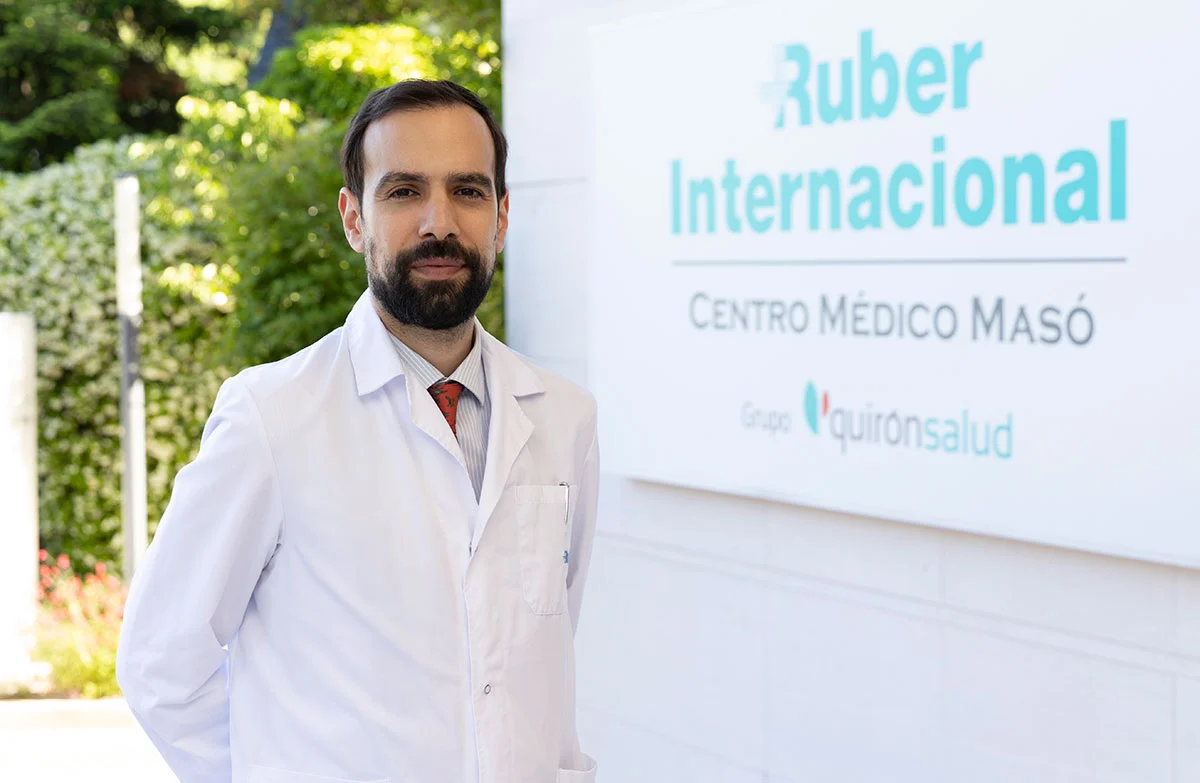
Is Mohs surgery indicated for all tumors or localized areas?
PR – Mohs surgery is primarily indicated for high-risk basal cell carcinomas and squamous cell carcinomas, especially in areas where tissue preservation is crucial such as the face, neck, and hands.
It is also used for tumors that have recurred after other treatments or for those with poorly defined borders. Not all tumors or all locations are suitable for Mohs surgery, and the specific indication must be evaluated by a specialized oncological dermatologist.
Given the great benefits of this technique, why are there so few surgeons accredited to practice it? Do you expect an increase in certifications in the near future?
RR – Despite its great benefits, Mohs surgery requires considerable training and experience, which limits the number of accredited surgeons. The technique requires specific skills in both surgery and pathology, since the surgeon must be able to interpret tissue samples in real time. In Spain the certification is through the European Society for Mohs Surgery (European Society of Mohs Surgery, ESMS).
However, an increase in certifications is expected as more professionals complete training and demand for effective, conservative skin cancer treatments continues to grow.
“In Spain, the incidence of melanoma has been increasing, with around 8,000 new cases diagnosed annually. The most appropriate treatment depends on the stage of the melanoma. In early stages, surgery is the main treatment”
About melanoma and skin cancer surgery
Melanoma is the least common skin cancer of the three main types, however, it is the one that occupies the most space in the media. What incidence does this cancer have in Spain and what is the most appropriate treatment?
PR – Melanoma is less common than the types of skin cancer (basal cell and squamous cell carcinoma), but it is much more aggressive and responsible for the majority of skin cancer deaths.
In Spain, the incidence of melanoma has been increasing, with around 8,000 new cases diagnosed annually. The most appropriate treatment depends on the stage of the melanoma.
In early stages, surgery is the main treatment, while in advanced cases, adjuvant therapies such as immunotherapy, targeted therapy and, in some cases, radiotherapy can be used. Early detection and the timely treatment are crucial to improve the prognosis.
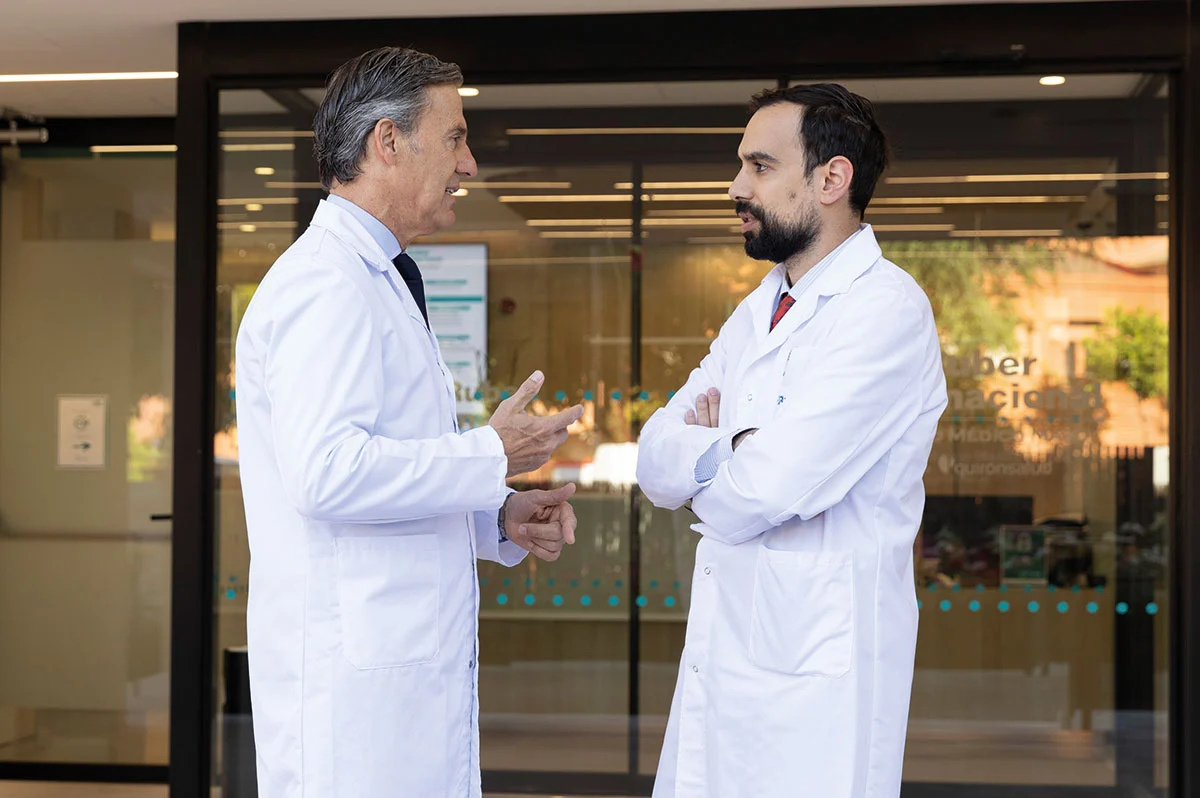
Pathological anatomy is essential in oncological dermatology. What role do sentinel lymph node biopsy techniques play in surgery for melanoma and other skin cancers?
RR – The sentinel lymph node biopsy It is a diagnostic technique in cutaneous melanoma and some other skin cancers. It allows early detection of lymph node metastases, which helps determine the stage of the cancer and plan appropriate treatment.
This technique involves identifying and removing the first lymph node to which the tumor drains to examine it for cancer cells and is performed at the same time as melanoma surgery.
Artificial Intelligence is fashionable in all areas, also in health. How do you expect the integration of AI to impact the planning and execution of skin cancer surgeries?
PR – AI can assist in image analysis to identify tumors more accurately and in surgical planning to optimize resection margins. Additionally, it can assist in postoperative monitoring and prediction of recurrence.
AI also appears to be able to improve surgeon training through advanced simulations and provide real-time support during surgeries, which could increase accuracy and reduce complications.
What innovations in post-surgical reconstruction are improving the quality of life of skin cancer patients?
RR – Innovations in post-surgical reconstruction are significantly improving the quality of life of skin cancer patients. Advances in microsurgical techniques allow the reconstruction of complex tissues with greater precision.
Tissue engineering and advanced skin grafts offer better aesthetic and functional results. Furthermore, the use of biocompatible materials and the development of laser therapies are facilitating a faster and more effective recovery, reducing scars and improving the functionality of the affected areas. These innovations allow patients recover its appearance and functionality in a more satisfactory way, contributing to your general well-being.

